Beyond Garlic: 5 Overlooked Root Veggies You Can Still Plant in Deep Pots This Fall
As the vibrant colors of summer gardens begin to fade, many gardeners assume the growing season concludes. However, for those with limited space and a desire to maximize their harvest, fall offers a fantastic opportunity to plant delicious root vegetables. Beyond the common garlic bulbs, a wealth of resilient and flavorful options thrives in cooler weather. You can extend your gardening season and enjoy a fresh, homegrown bounty well into the cooler months.
This article guides you through selecting, planting, and caring for five often-overlooked root vegetables perfectly suited for deep pots. These choices deliver practical, actionable insights, ensuring your container vegetable gardening efforts yield rewarding results. You will learn how to make the most of your small space and enjoy a unique harvest.
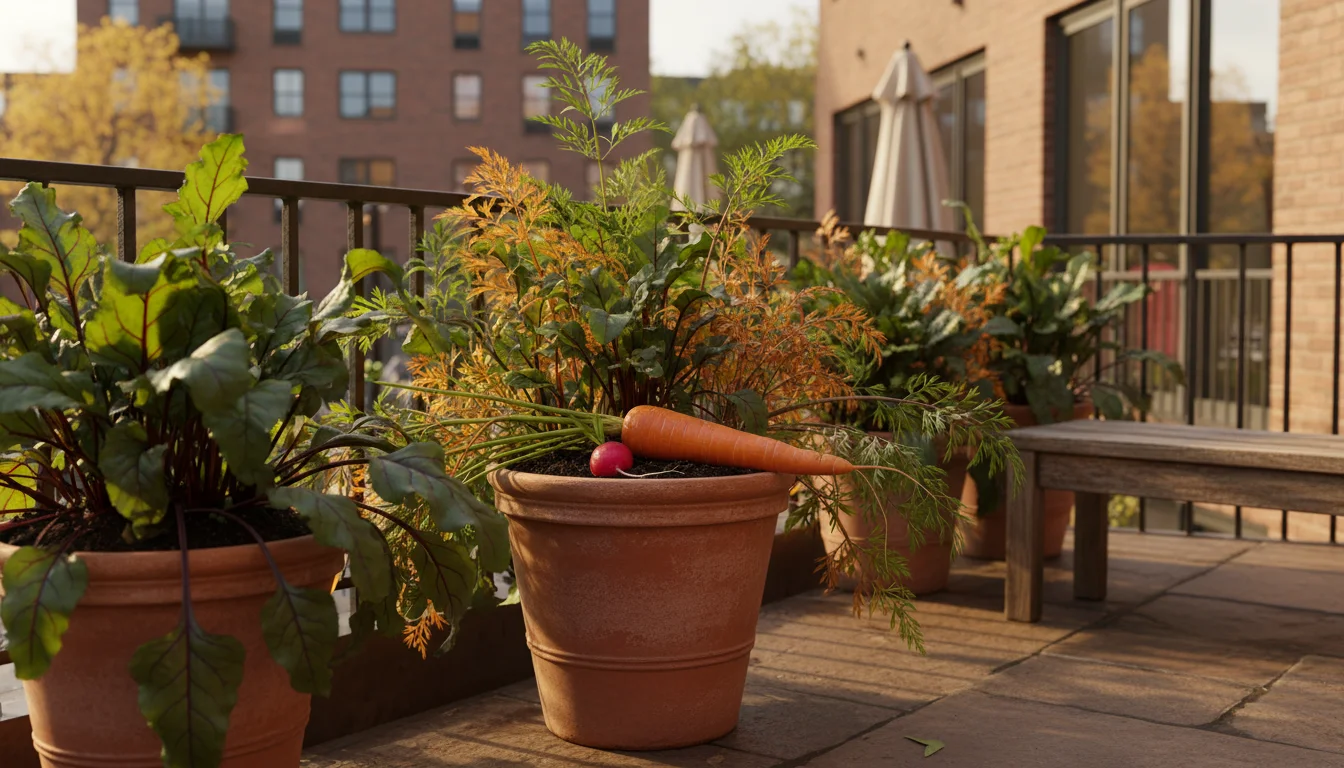
Why Fall is Prime Time for Container Root Vegetables
Fall presents an optimal environment for growing many root vegetables in containers. The decreasing temperatures and shorter daylight hours, typical of autumn, signal to these plants that it is time to focus their energy on developing their underground storage organs. This natural inclination results in sweeter, more tender roots compared to those grown in the peak heat of summer.
Cooler soil temperatures reduce stress on root crops. You avoid the rapid drying out of soil common in summer, which means less frequent watering. Additionally, many common garden pests become less active as temperatures drop, decreasing your plant protection workload. For small-space gardeners, this extended season allows you to maximize your balcony, patio, or small yard’s productivity. You can enjoy fresh produce for longer, even if you thought your gardening year concluded.
Planting in fall also takes advantage of moisture from autumn rains, often reducing the need for supplemental irrigation. This sustainable practice conserves water and encourages robust growth. Data consistently shows that many root crops develop superior flavor profiles when subjected to cool soil and light frosts, which convert starches into sugars. This natural process enhances the culinary quality of your harvest.
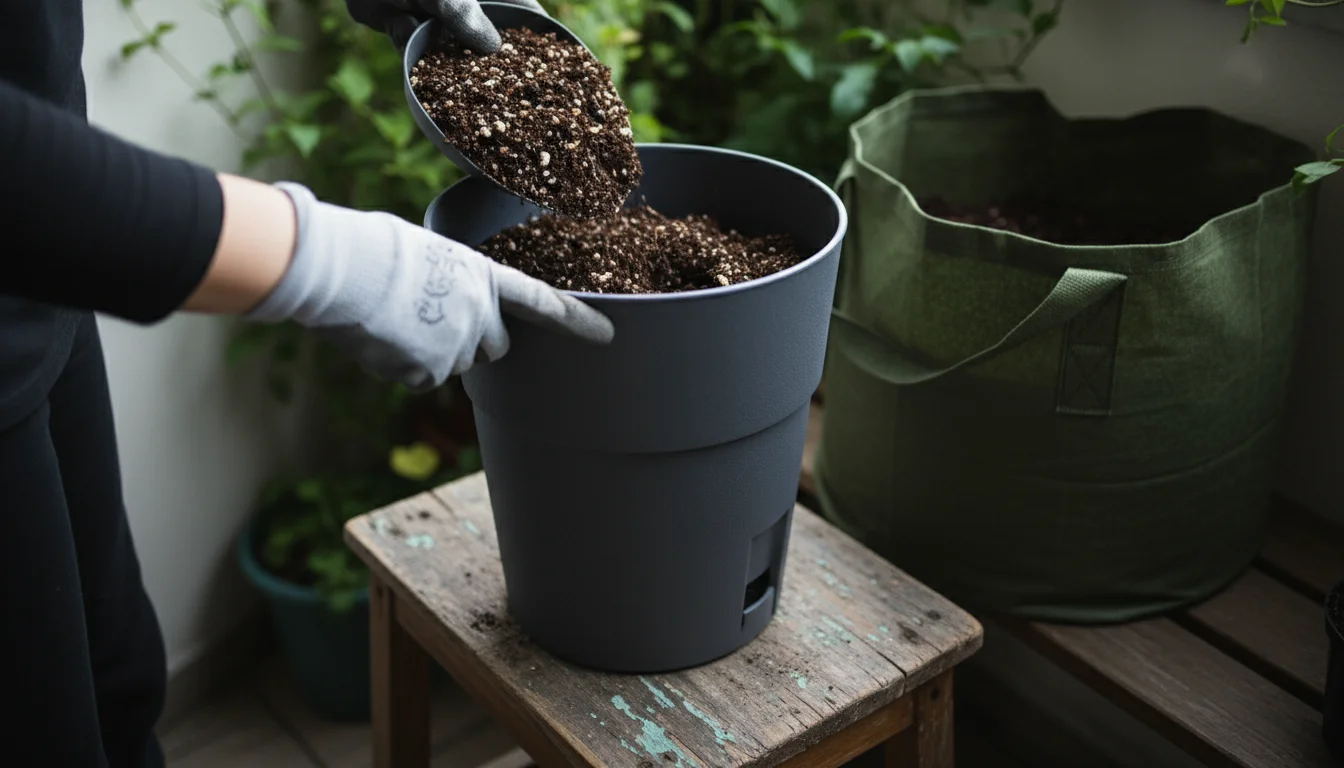
Selecting Ideal Deep Pots and Quality Potting Mix
The success of container root vegetable gardening hinges on two critical factors: choosing the right pots and providing excellent potting mix. Root vegetables, by their nature, grow downwards, requiring adequate vertical space to develop fully. Without deep containers, roots become stunted, leading to small or oddly shaped harvests.

Container Selection
You need deep pots for fall root vegetables. A minimum depth of 10-12 inches is often sufficient for many varieties, but for longer-rooted crops like parsnips or salsify, opt for containers 18-24 inches deep. Ensure your chosen pots offer good drainage. Drainage holes prevent waterlogging, which can quickly rot roots. Materials like terracotta, plastic, or fabric grow bags all work effectively:
- Terracotta pots: These are porous, allowing excellent air circulation to the roots and helping prevent overwatering. They are heavy and stable, but dry out faster.
- Plastic pots: Lightweight and retain moisture well. Choose food-grade plastic if you have concerns about chemicals.
- Fabric grow bags: Offer superior aeration, preventing root circling and encouraging healthy root development. They are lightweight, portable, and available in many sizes. They also help regulate soil temperature.
Consider the width of your containers as well. A wider pot allows you to plant multiple individuals, maximizing your yield per container. A container 12-18 inches wide can comfortably accommodate several beet or turnip plants.
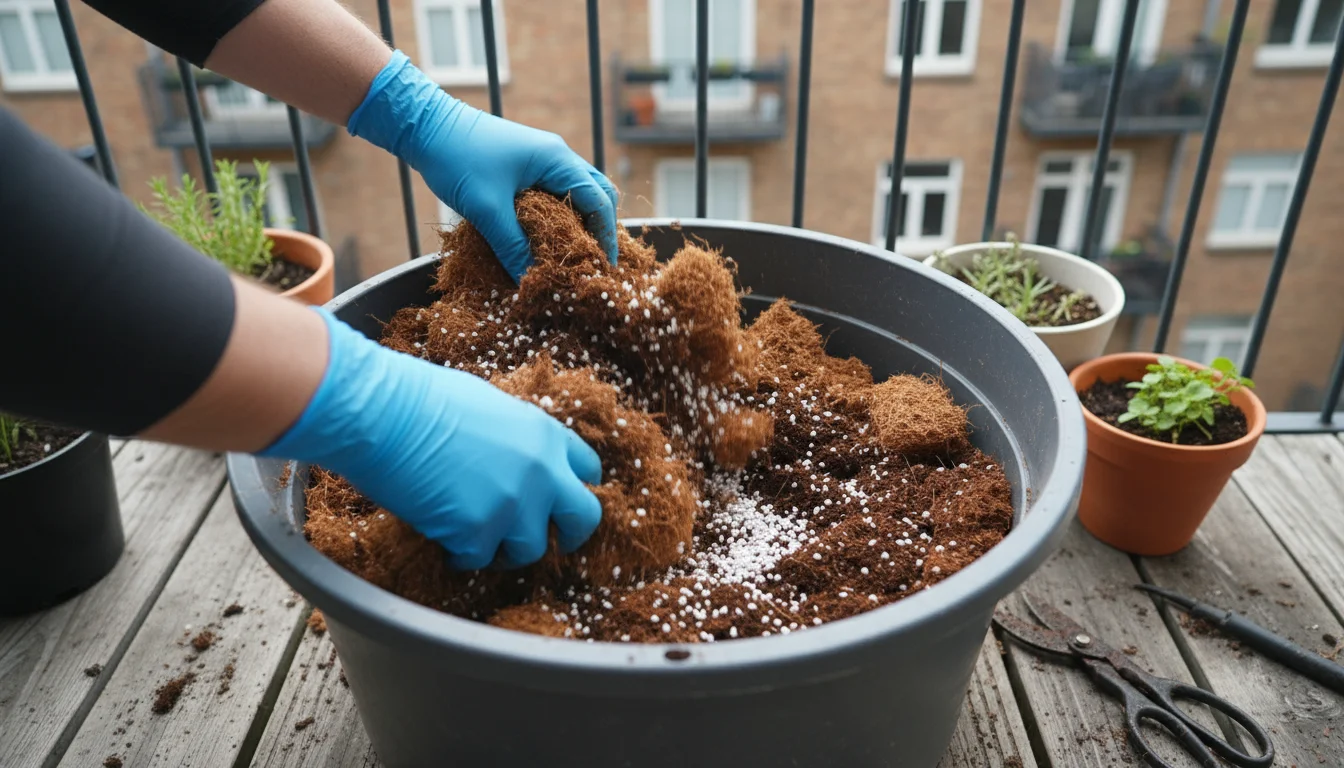
Potting Mix Essentials
The soil in your containers is not garden soil. Garden soil is too dense for containers, compacts easily, and lacks the necessary drainage and aeration. Instead, you need a high-quality, lightweight potting mix. This specialized blend ensures proper drainage, aeration, and nutrient retention crucial for healthy root development. Look for mixes containing ingredients like:
- Peat moss or coco coir: These hold moisture and nutrients.
- Perlite or vermiculite: These improve drainage and aeration, which means how easily water moves through the soil and how much air the roots can access.
- Compost or other organic matter: These provide essential nutrients and improve soil structure.
You can also create your own mix using a combination of these components. A good starting point is one part compost, one part peat moss or coco coir, and one part perlite or vermiculite. This custom blend offers optimal conditions for your fall root vegetables to thrive. Ensure the potting mix is fresh and sterile to minimize disease and pest issues, particularly when starting seeds.

Beyond the Usual: Five Overlooked Root Vegetables for Your Fall Containers
Move beyond the common garden staples and explore these five root vegetables that perform exceptionally well in fall containers. Each offers unique flavors and growing characteristics, making your autumn harvest truly special. These choices are excellent for container vegetable gardening and planting in fall, giving you late season container planting ideas.
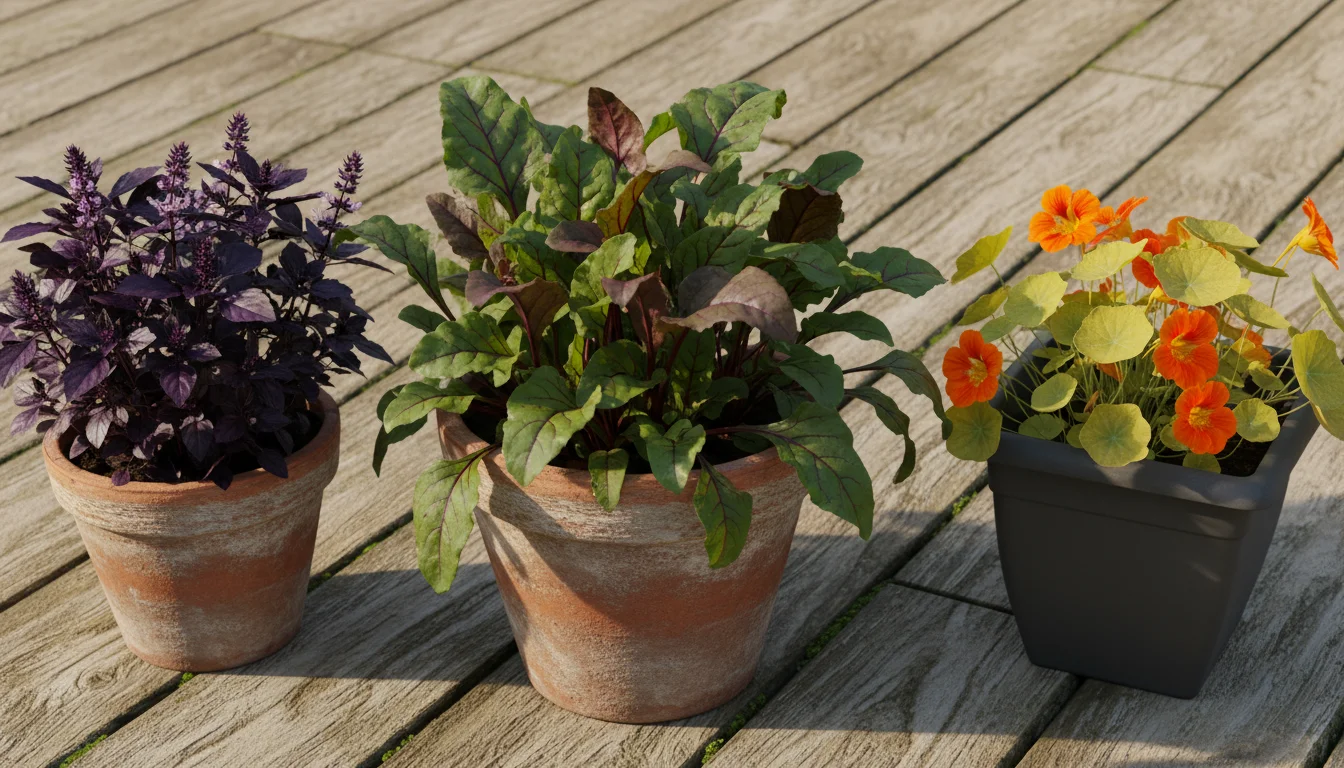
Beets in Containers: A Sweet & Colorful Choice
Beets are perhaps the least “overlooked” on this list, but many gardeners do not consider specific varieties for fall container planting, especially for their greens. Fall-planted beets develop exceptionally sweet roots and tender, nutritious greens. They thrive in cooler temperatures, benefiting from a light frost that enhances their sweetness.
Why Beets?
- Dual-purpose crop: You harvest both the sweet roots and the vitamin-rich leaves.
- Colorful varieties: ‘Detroit Dark Red’, ‘Golden’, ‘Chioggia’ (striped), or ‘Cylindra’ (long, slender roots ideal for deep pots) add visual appeal.
- Cold tolerance: Beets tolerate light frosts, extending your harvest window.
Container Growing Tips for Beets:
- Pot depth: Use pots at least 10-12 inches deep and 10-12 inches wide.
- Spacing: Plant seeds 1 inch apart and 0.5 inches deep. Thin seedlings to 3-4 inches apart once they establish. Remember that beet “seeds” are actually clusters of several seeds, so you will often get multiple sprouts from one planting spot.
- Watering: Maintain consistent soil moisture. Uneven watering causes tough roots or bolting (going to seed prematurely).
- Harvest: Harvest greens as they reach a usable size, leaving some to allow root development. Pull roots when they reach your desired size, typically 1.5-3 inches in diameter. You can expect harvest in 50-70 days for roots.
Growing beets in containers in autumn is a straightforward and rewarding process, perfect for fall root vegetables.
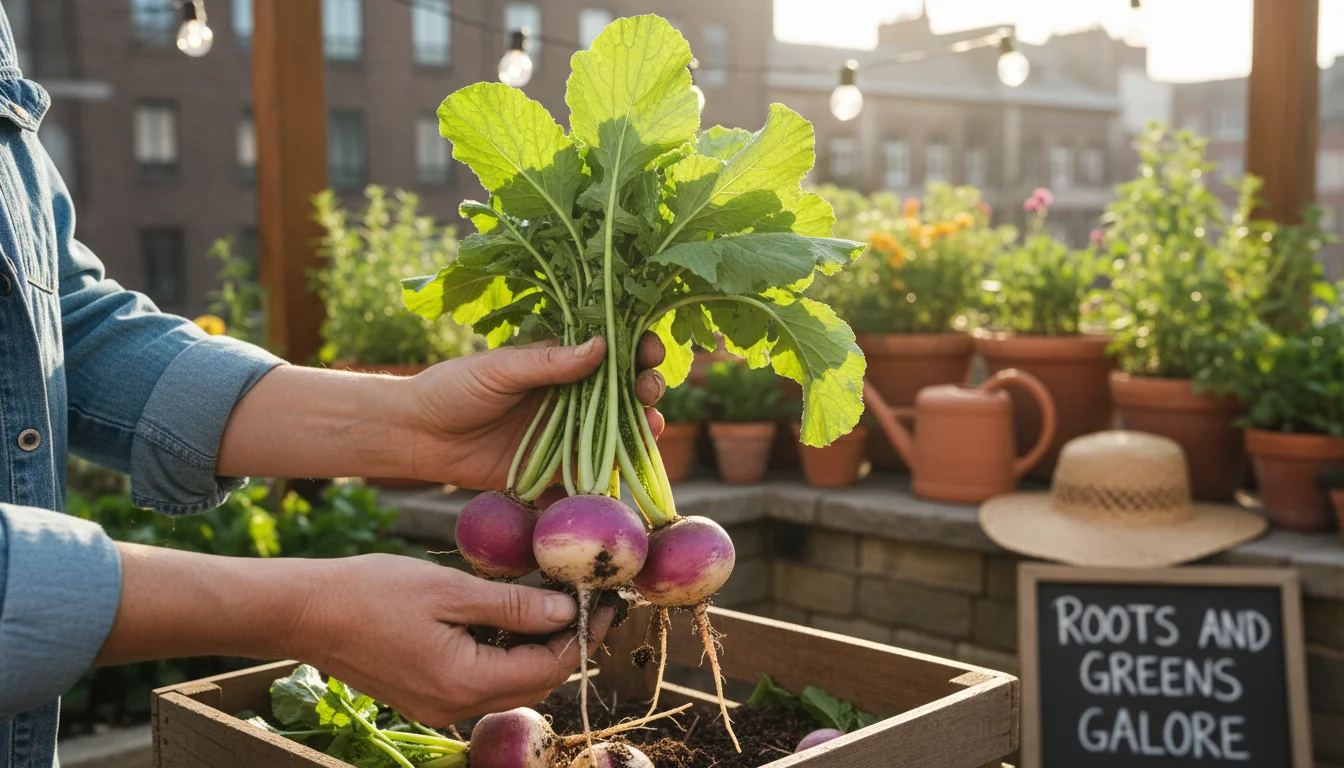
Turnips for Fall Harvest: Roots and Greens Galore
Turnips are truly versatile and often overlooked, offering both a delicious root and flavorful greens. Many people associate turnips with large, woody roots, but fall-planted, smaller varieties yield tender, sweet roots perfect for roasting, mashing, or adding to stews. The greens are excellent steamed or sautéed.
Why Turnips?
- Fast growth: Many varieties mature quickly, offering a relatively fast fall harvest.
- Full utilization: Enjoy both the peppery greens and the sweet roots.
- Cold hardiness: Like beets, turnips improve in flavor after a light frost.
Container Growing Tips for Turnips:
- Pot depth: A 10-12 inch deep pot works well for most turnip varieties. Ensure it is at least 8-10 inches wide.
- Spacing: Plant seeds 0.5 inches deep and 1 inch apart. Thin seedlings to 4-6 inches apart for root development.
- Watering: Consistent moisture prevents bitterness and tough roots.
- Harvest: Begin harvesting greens when they are young and tender. Pull roots when they reach 2-3 inches in diameter, typically 30-60 days after planting, depending on the variety and whether you grow for roots or greens.
Consider varieties like ‘Purple Top White Globe’ for classic roots or ‘Hakurei’ (Tokyo Market) for smaller, very sweet roots excellent raw. Yes, you can grow turnips in a pot, and fall is a great time to do it!
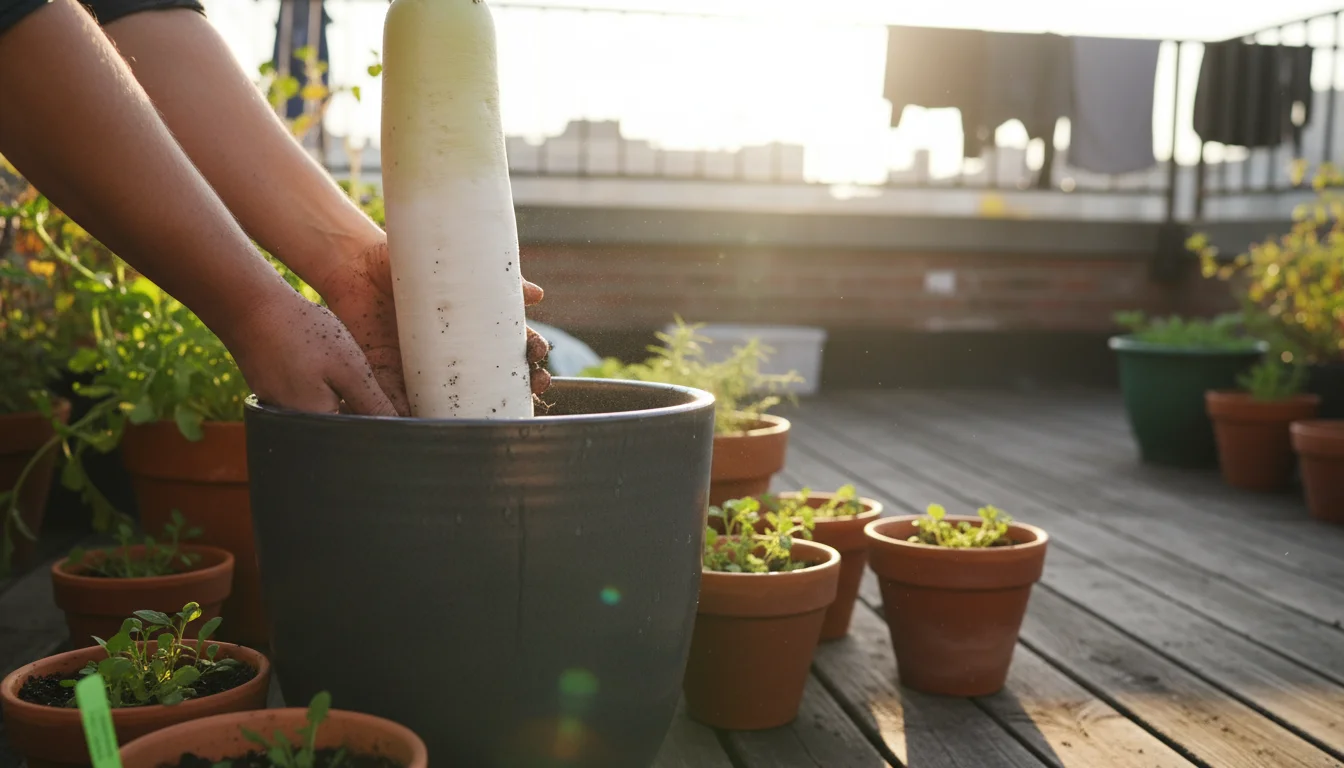
Daikon Radishes: The Unexpected Container Crop
Forget the small red radishes, Daikon radishes are a revelation for fall container gardening. These large, elongated white radishes are a staple in Asian cuisine, offering a crisp texture and a milder, slightly pungent flavor compared to their smaller cousins. Their deep-growing nature makes them perfect for tall containers.
Why Daikon Radishes?
- Unique flavor: A distinct, earthy, and mildly spicy taste.
- Deep roots: Excellent for aerating soil and well-suited to deep pots.
- Culinary versatility: Enjoy raw in salads, pickled, roasted, or added to stir-fries.
Container Growing Tips for Daikon Radishes:
- Pot depth: This is crucial. You need pots at least 15-18 inches deep and 8-10 inches wide to accommodate their long roots.
- Spacing: Plant seeds 0.5 inches deep and 2-3 inches apart. Thin to 4-6 inches apart.
- Watering: Keep the soil consistently moist. Inconsistent watering causes splitting or bolting.
- Harvest: Most Daikon varieties mature in 60-70 days. Harvest when the exposed top of the root reaches a diameter of 1-2 inches. They tolerate light frost.
Daikon radishes add an exciting element to your late season container planting ideas.
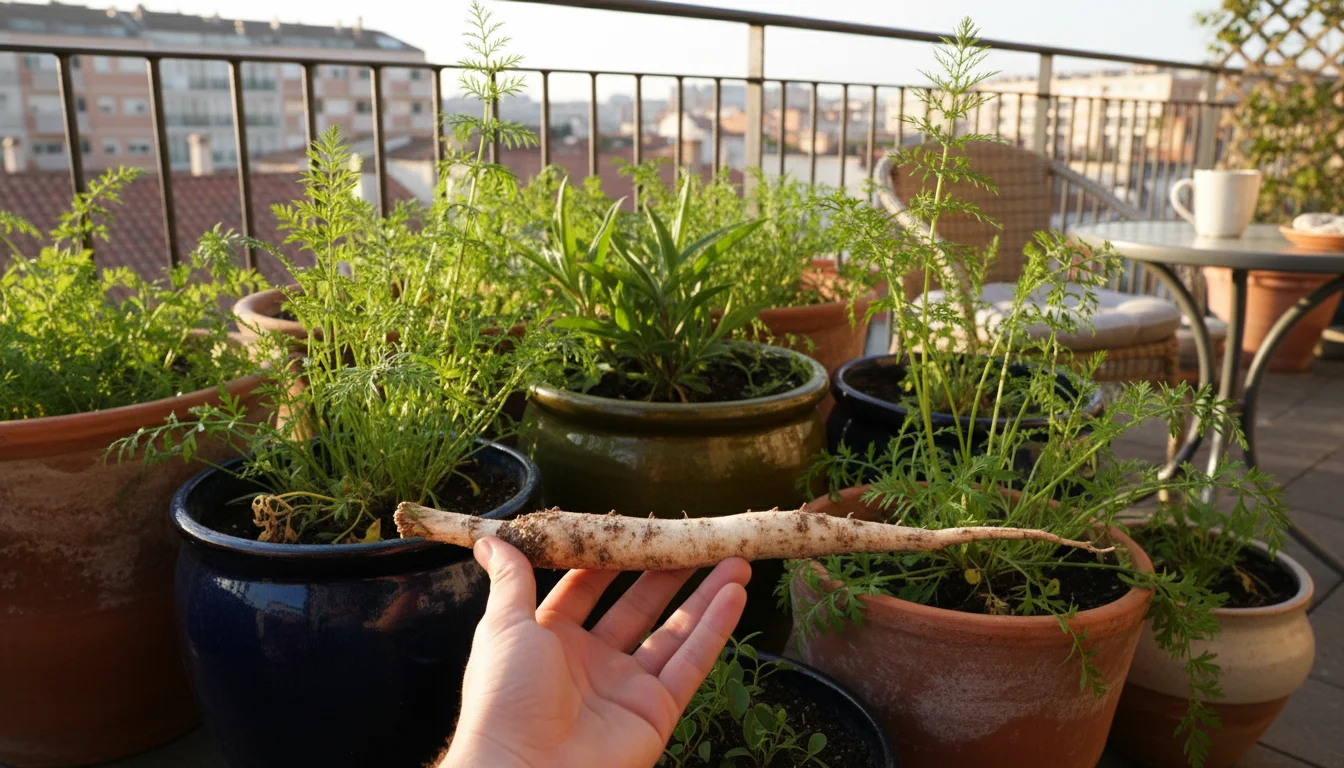
Salsify and Scorzonera: The Oyster Plants for Deep Pots
Salsify (Tragopogon porrifolius) and Scorzonera (Scorzonera hispanica) are often called “oyster plants” because their cooked roots reportedly taste like oysters. These truly overlooked root vegetables require deep containers but reward patience with their unique flavor and impressive nutritional profile. They are slow growers, but fall planting allows them to establish before winter and mature for a spring harvest, or even overwinter for enhanced flavor.
Why Salsify and Scorzonera?
- Unique flavor: A subtle, earthy, slightly sweet taste often likened to oysters or artichoke hearts.
- Winter hardiness: These plants tolerate cold well, and a good freeze improves their flavor.
- Deep roots: Ideal for very deep container vegetable gardening, reaching 10-12 inches or more.
Container Growing Tips for Salsify and Scorzonera:
- Pot depth: Absolutely critical. You need containers at least 18-24 inches deep and 8-10 inches wide. Fabric grow bags are excellent for these.
- Spacing: Plant seeds 0.5-1 inch deep and 2-3 inches apart. Thin seedlings to 4-6 inches apart once they are established.
- Watering: Maintain consistent moisture, especially during dry spells.
- Harvest: These are long-season crops. Plant in early fall for a late winter or early spring harvest, approximately 120-150 days from planting. Overwintering them allows the roots to sweeten significantly after frosts. Dig carefully to avoid breaking the long, slender roots.
Salsify and Scorzonera represent truly unique fall root vegetables, offering an adventurous option for container gardeners.
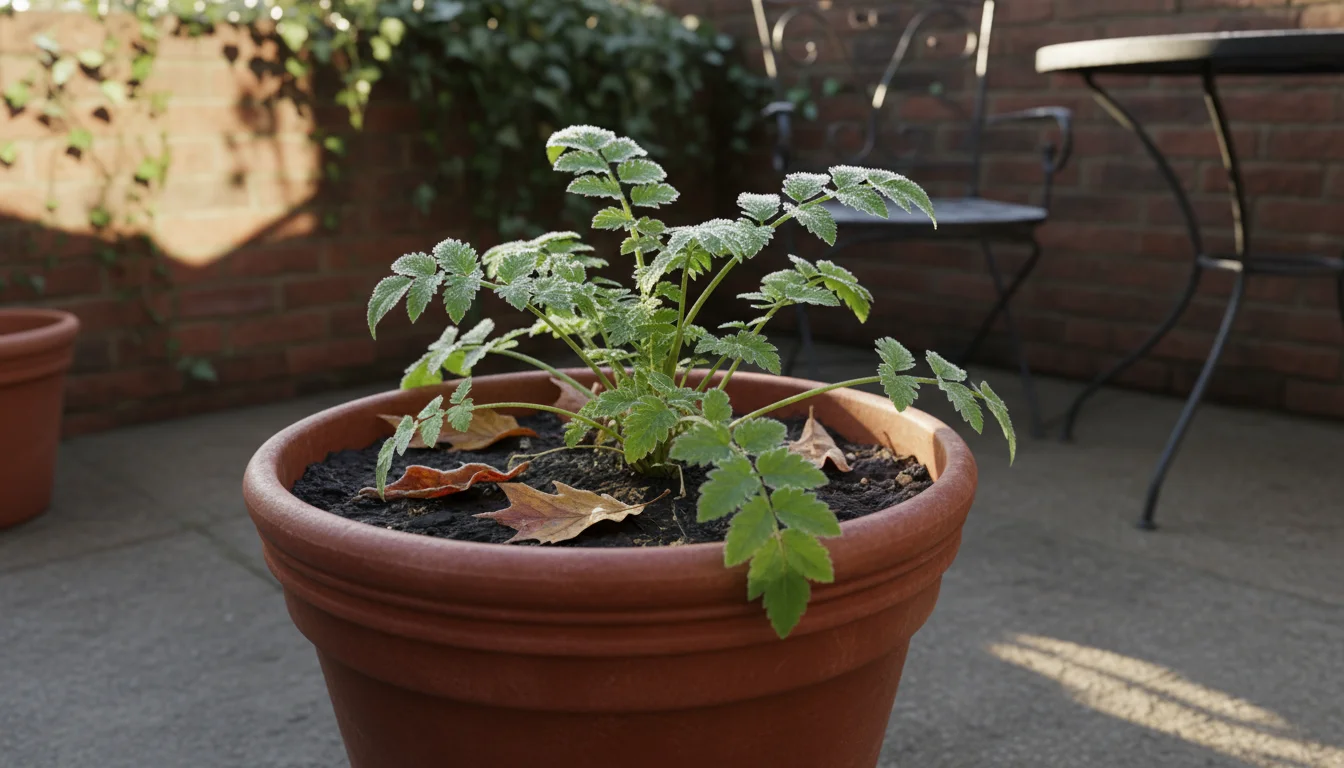
Parsnips for Deep Pots: Sweetness Enhanced by Frost
Parsnips are another long-season root vegetable whose flavor significantly improves with exposure to cold temperatures. Planting them in fall, especially early fall, allows them to establish a strong root system before winter, and then they can overwinter for a sweet, tender harvest in late winter or early spring. This makes them a prime candidate for late season container planting ideas if you are prepared for a longer growing period.
Why Parsnips?
- Frost-sweetened flavor: Cold weather converts their starches into sugars, resulting in unparalleled sweetness.
- Hearty and satisfying: Excellent roasted, mashed, or in soups and stews.
- Winter harvest potential: You can harvest parsnips through winter in many climates, extending your fresh produce supply.
Container Growing Tips for Parsnips:
- Pot depth: Parsnips require very deep containers, at least 18-24 inches deep and 10-12 inches wide, to accommodate their long taproots.
- Spacing: Plant seeds 0.5 inches deep and 1 inch apart. Thin seedlings to 4-6 inches apart. Parsnip seeds have a relatively short viability, so use fresh seeds.
- Watering: Keep the soil consistently moist but never waterlogged.
- Harvest: Parsnips mature in 100-130 days. For fall-planted parsnips, you aim for a late winter or early spring harvest after the roots have experienced several weeks of cold temperatures below 40°F (4°C). Dig carefully to avoid damaging the long roots.
Planting in fall allows you to experience the true, frost-enhanced sweetness of these wonderful fall root vegetables.

Mastering the Art of Fall Container Planting
Successful fall planting requires attention to timing, seed preparation, and initial care. Follow these steps for your container vegetable gardening:
- Determine Your Frost Date: Identify your region’s average first fall frost date. Plant root vegetables a specific number of days before this date to ensure they have enough time to mature, or to establish themselves sufficiently for overwintering. For quicker crops like turnips or beets, aim for 6-8 weeks before the first hard frost. For slower crops like parsnips or salsify, plant 12-16 weeks before the first hard frost for an overwintered harvest.
- Prepare Your Pots: Fill your chosen deep pots with a high-quality potting mix, leaving about an inch of space from the rim. Gently moisten the soil before planting.
- Sow Seeds Carefully: Follow the specific depth and spacing guidelines for each vegetable. Generally, plant seeds 0.5 to 1 inch deep. Precision matters here. Planting too deep can prevent germination, while planting too shallow risks seeds drying out.
- Water Gently: After planting, water the soil lightly but thoroughly. Use a watering can with a fine rose attachment to avoid displacing seeds. Keep the soil consistently moist to encourage germination.
- Ensure Adequate Sunlight: Fall sunlight is less intense than summer light. Place your containers in a spot that receives at least 6-8 hours of direct sunlight daily. This maximizes growth, even as days shorten.
- Thin Seedlings: Once seedlings emerge and develop their first true leaves, thin them according to the recommended spacing. Overcrowding leads to small, undeveloped roots. Cut off weaker seedlings at the soil line rather than pulling them, which can disturb the roots of neighboring plants.
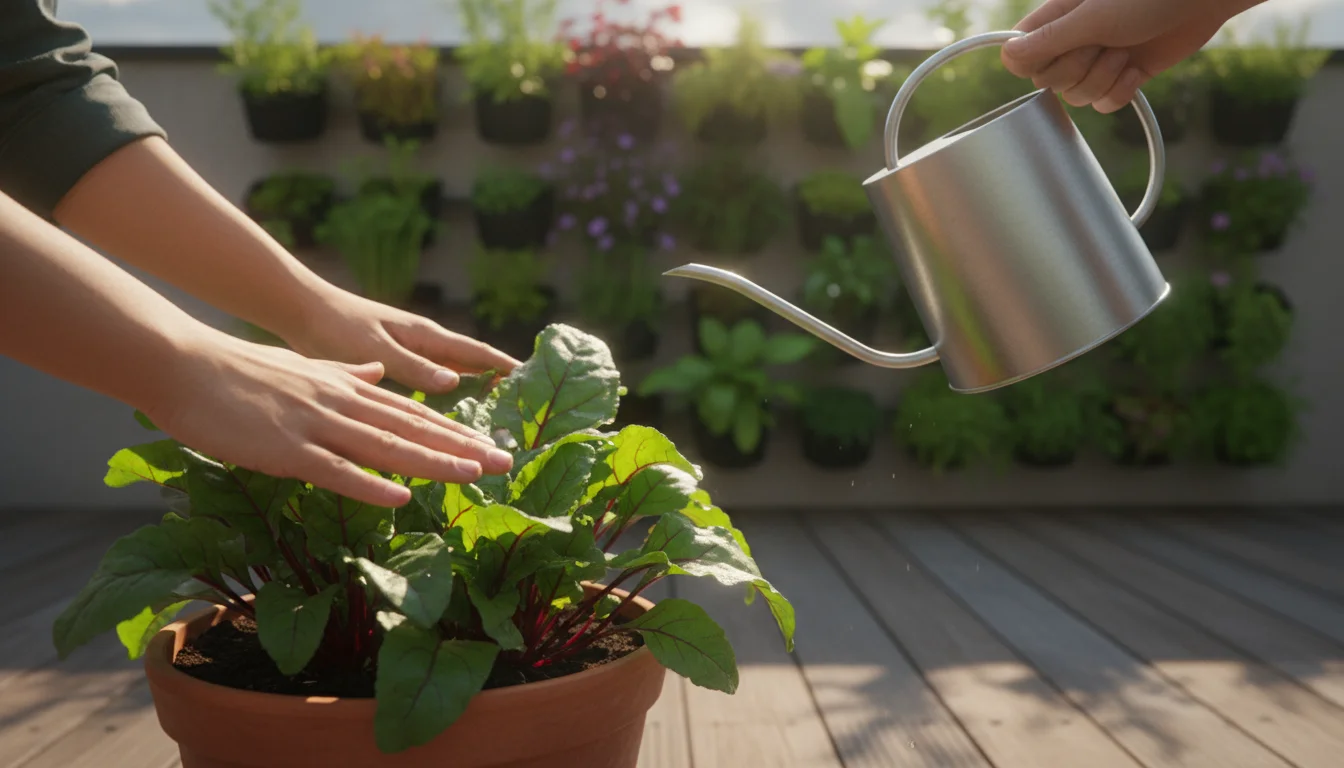
Year-Round Care: Nurturing Your Fall Root Crops to Harvest
Consistent care ensures your fall root vegetables thrive in their containers, from planting through to harvest. You will protect your investment and maximize your yields with proper watering, feeding, and light management.
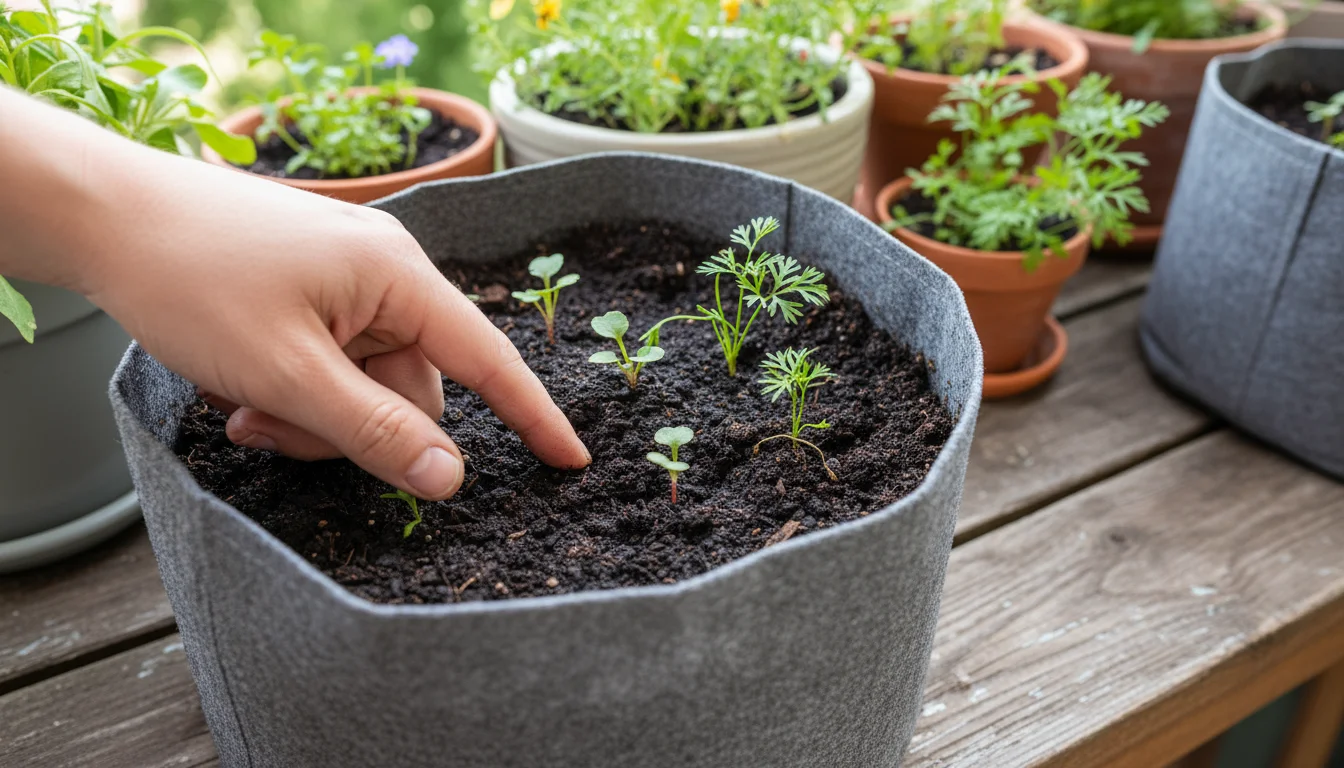
Watering Wisely
Maintaining consistent soil moisture is paramount for root vegetables. Fluctuations in moisture cause roots to split, become woody, or bolt. Check the soil moisture daily by sticking your finger about an inch deep. If it feels dry, it is time to water. Water until you see drainage from the bottom of the pot. As temperatures drop and daylight shortens, plants require less water, so adjust your watering schedule accordingly. Fabric grow bags often require more frequent watering than plastic pots due to increased evaporation.
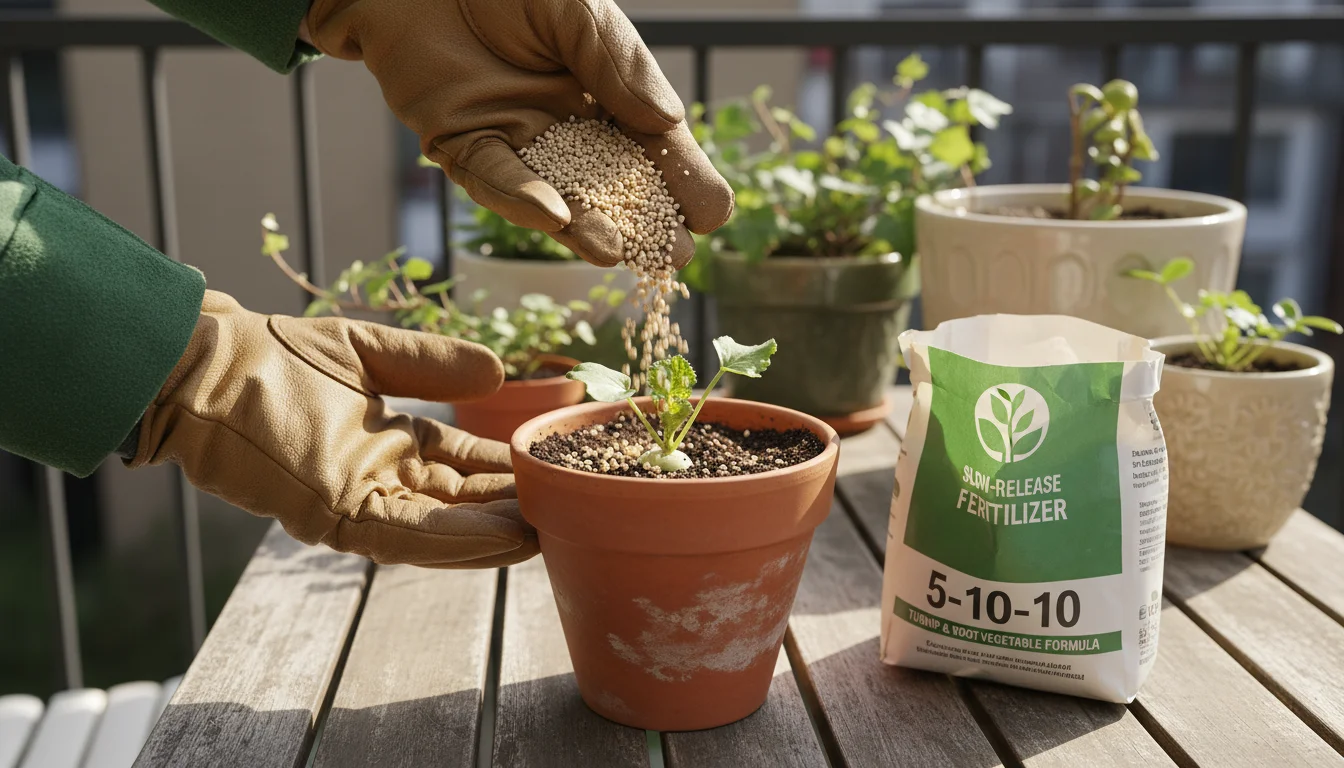
Fertilizing for Root Development
While a good quality potting mix contains initial nutrients, container plants deplete these faster than garden beds. Root vegetables benefit from fertilizers that are lower in nitrogen and higher in phosphorus and potassium, which support root development. Look for a balanced slow-release granular fertilizer or a liquid feed with an N-P-K ratio like 5-10-10 or 3-4-3. Apply a slow-release fertilizer at planting, or begin liquid feeding every 2-4 weeks after seedlings establish. Over-fertilizing, especially with high-nitrogen fertilizers, encourages leafy growth at the expense of root development.

Sunlight and Placement
Even though fall means cooler temperatures, sunlight remains crucial. Ensure your containers receive at least 6-8 hours of direct sunlight daily. As the sun’s angle changes, you might need to reposition your pots throughout the fall to capture maximum light. For areas with very short daylight hours or consistently overcast skies, consider supplemental grow lights for an hour or two a day, particularly for young seedlings. This boosts growth and prevents leggy plants.

Protecting Your Autumn Garden from Pests and Frost
Even in fall, your container root vegetables require protection from potential threats. Thoughtful pest management and frost protection ensure a successful harvest.
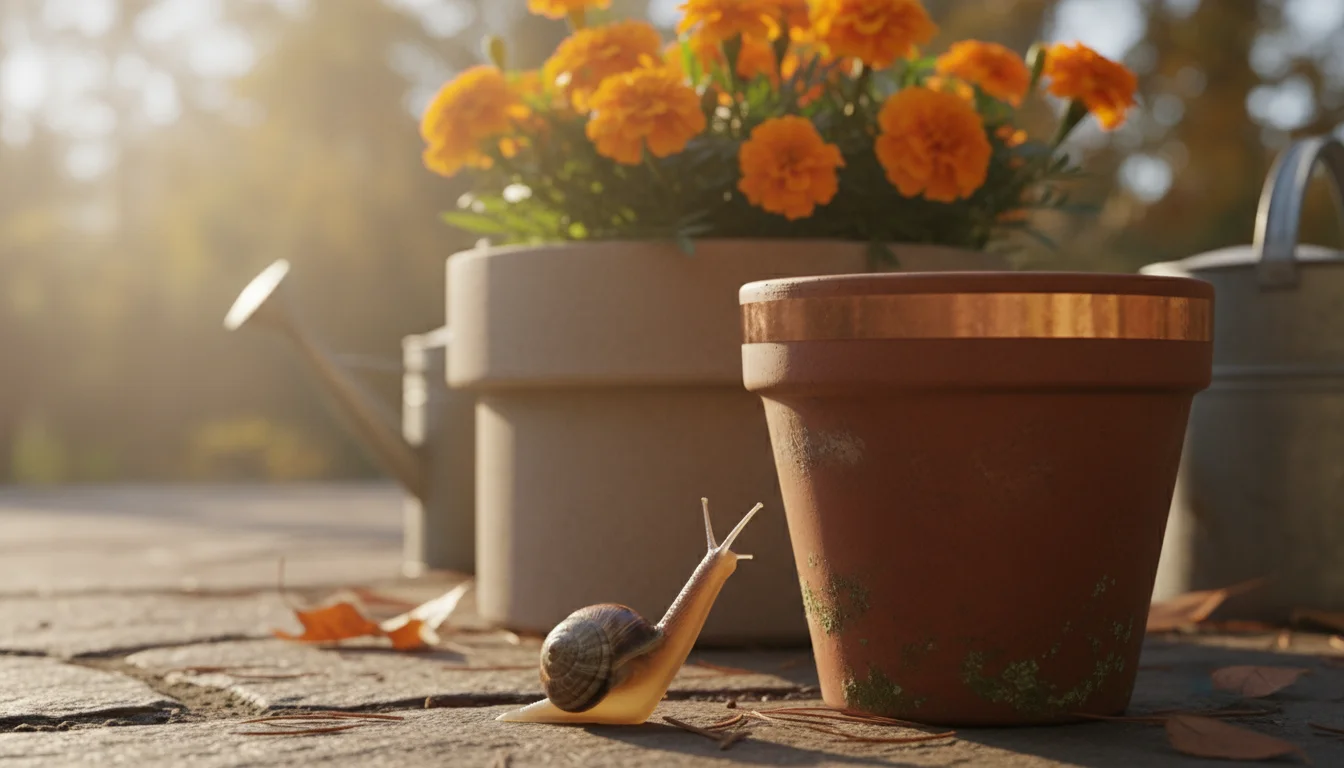
Managing Fall Pests
While many insect pests become less active in fall, some can still pose a threat. Aphids, slugs, and snails remain active in cooler, moist conditions. You can take proactive steps:
- Regular Inspection: Inspect your plants daily for any signs of pests. Early detection makes control easier.
- Hand-Picking: Remove larger pests like slugs and snails by hand.
- Neem Oil: Apply organic neem oil spray as a preventative or treatment for soft-bodied insects like aphids. Always follow label directions.
- Companion Planting: Planting marigolds or nasturtiums nearby can deter some pests, although their effectiveness varies.
- Physical Barriers: Use copper tape around pots to deter slugs and snails. Row covers provide a physical barrier against flying insects and offer some frost protection.
Maintaining a clean gardening area reduces hiding spots for pests. Remove fallen leaves and debris promptly from your containers and surrounding areas.

Frost Protection Strategies
As winter approaches, frost becomes a primary concern. Many root vegetables tolerate light frosts, which actually enhance their flavor, but hard freezes can damage or kill them. Prepare for colder temperatures:
- Move Containers: The simplest method involves moving pots to a more sheltered location, like against a warm house wall, under a porch, or into an unheated garage or shed during a hard freeze. This is a major advantage of container vegetable gardening.
- Cover Plants: Use row covers, old sheets, blankets, or burlap to cover plants before a predicted frost. Secure the cover so it does not touch the foliage directly and extends to the ground, trapping ground heat. Remove covers once temperatures rise during the day.
- Water Before a Frost: Moist soil retains heat better than dry soil. Water your plants thoroughly the day before a predicted frost. This helps warm the soil and releases moisture, providing insulation.
- Mulching: Apply a thick layer (2-4 inches) of straw, shredded leaves, or wood chips to the top of the soil in your containers. Mulch insulates the soil, protecting roots from extreme temperature fluctuations.
By combining these strategies, you can significantly extend your harvest season and protect your valuable fall root vegetables. These are essential late season container planting ideas.

Harvesting Your Bounty and Extending Your Season
Knowing when and how to harvest your fall root vegetables ensures maximum flavor and allows you to enjoy fresh produce for as long as possible. You can also implement strategies to extend your harvest well into winter, depending on your climate.
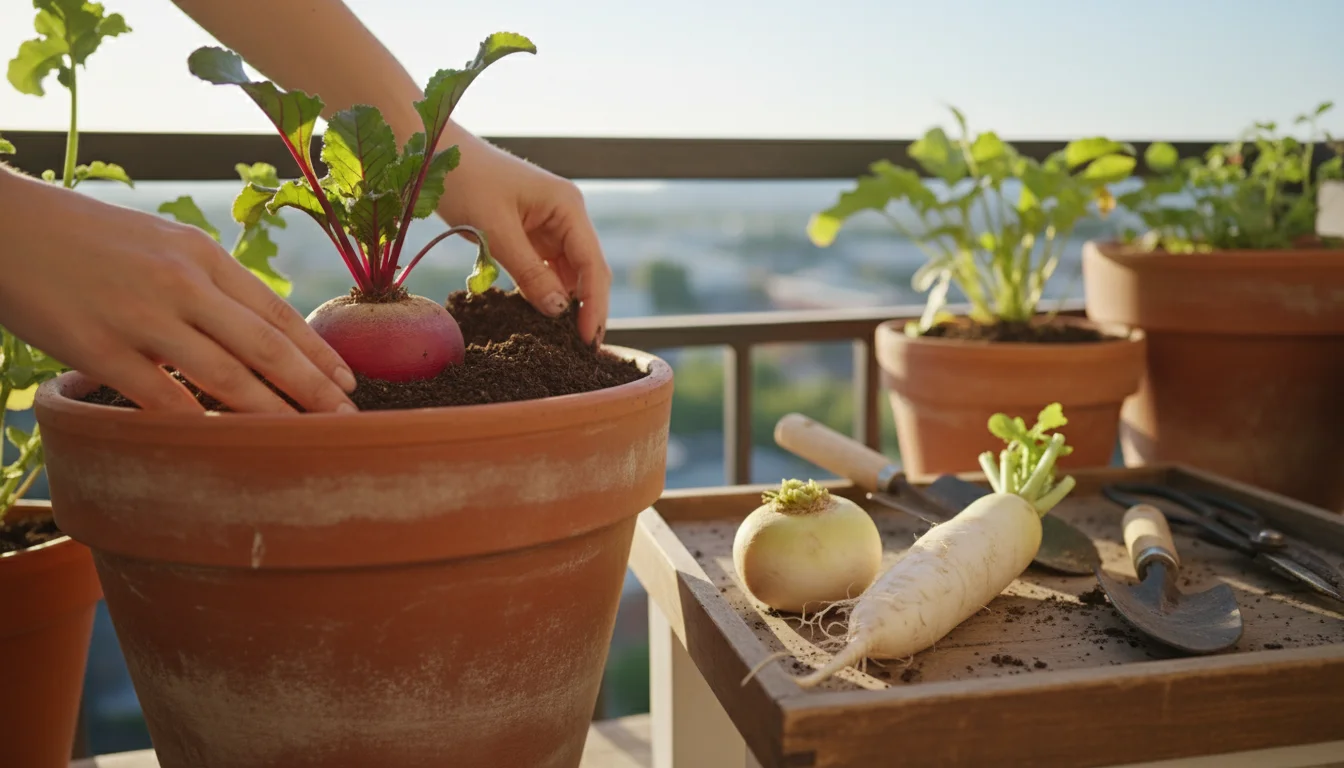
Timing Your Harvest
Each root vegetable has an ideal harvest window:
- Beets: Harvest when roots reach 1.5-3 inches in diameter. The smaller roots are usually more tender. You can also harvest outer leaves for greens throughout the season.
- Turnips: Pull roots when they are 2-3 inches in diameter. Smaller turnips are generally sweeter and less woody. Harvest greens when they are young and tender.
- Daikon Radishes: Harvest when the exposed top of the root is 1-2 inches in diameter. Do not wait too long, or they may become pithy.
- Salsify & Scorzonera: These long-season crops are best harvested after several hard frosts, which significantly improve their flavor. Dig carefully, as their roots are long and brittle. Harvest from late fall through winter, even into early spring.
- Parsnips: Like salsify, parsnips achieve their best flavor after significant exposure to cold. Harvest from late winter through early spring, before new spring growth begins.
Dig carefully around the plant to avoid damaging the roots, especially for long, slender varieties. A small hand trowel or fork works well for container harvesting.
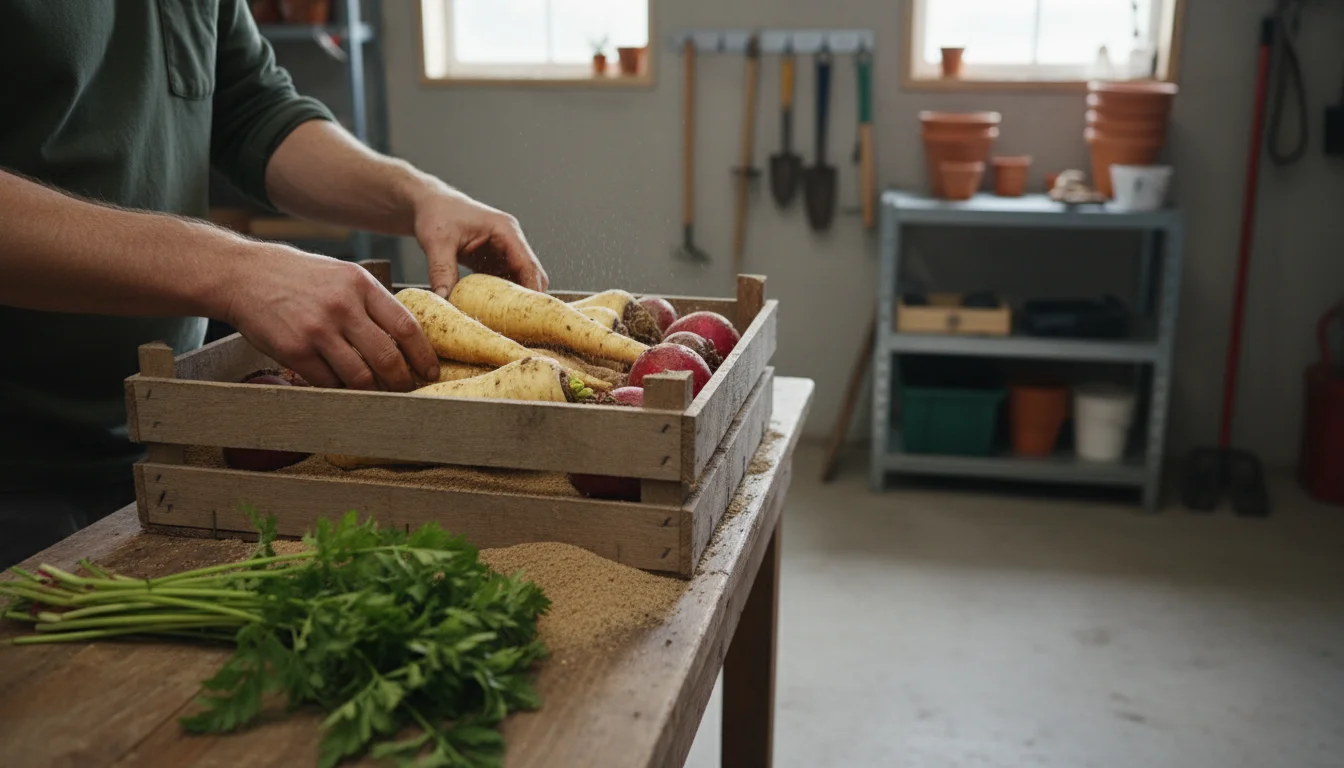
Storing Your Harvest
Proper storage allows you to enjoy your fall bounty for weeks or even months:
- Trim Greens: Remove greens from roots immediately after harvesting. Leaving them attached causes the roots to shrivel as the greens draw moisture. You can use the greens fresh or blanch and freeze them.
- Brush, Do Not Wash: Gently brush off excess soil from the roots. Washing them before storage can introduce moisture, leading to spoilage.
- Cool, Dark, Moist Storage: Store most root vegetables in a cool (35-40°F / 1-4°C), dark, and slightly humid environment. An unheated basement, garage, or even the crisper drawer of your refrigerator works well.
- Sand or Sawdust: For long-term storage of parsnips, salsify, or larger beets, layer them in a bucket or box with damp sand or sawdust. This method prevents dehydration and rot.
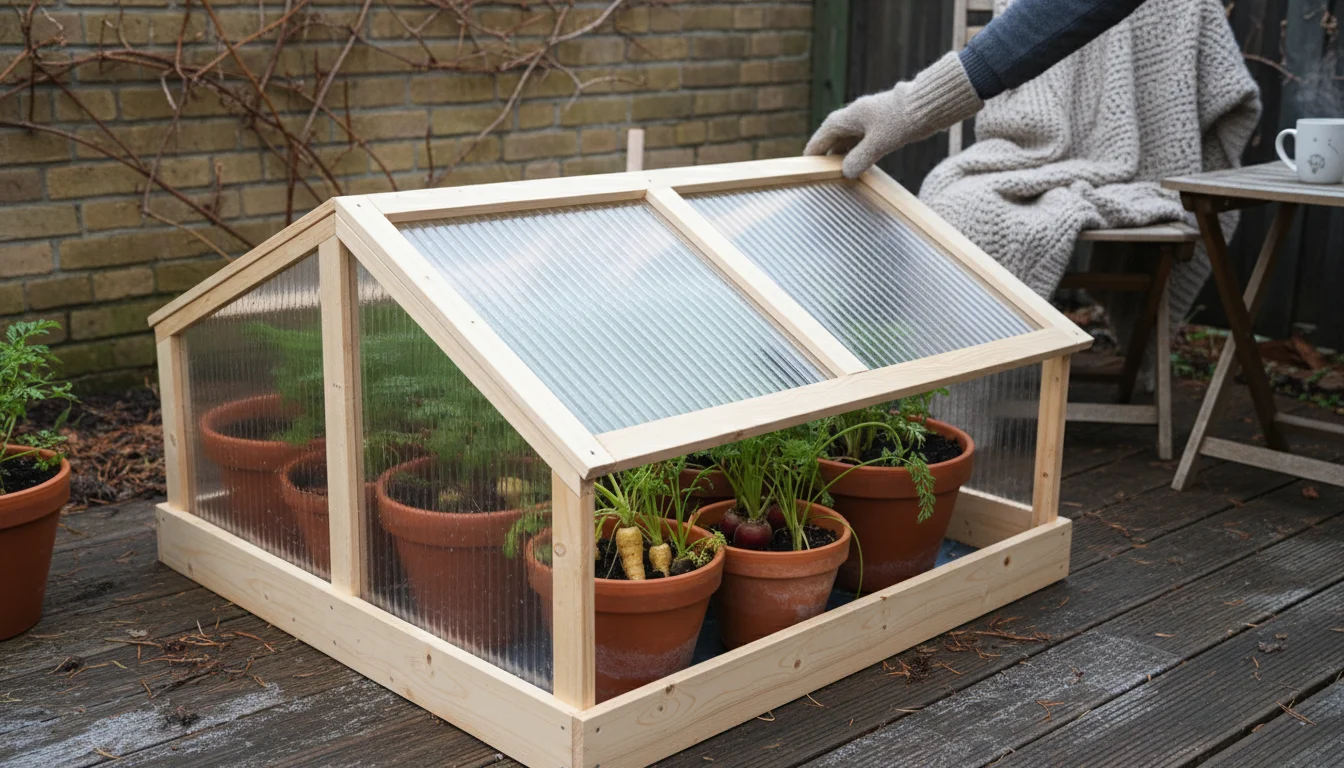
Extending Your Season into Winter
With a bit of planning, you can extend your fresh root vegetable harvest well into winter, even in colder climates:
- Cold Frames or Cloches: Place a simple cold frame over your containers or use cloches (bell-shaped covers) to protect plants from harsh winter weather, effectively creating a mini-greenhouse.
- Move Indoors: In extremely cold regions, bring smaller containers of hardy root vegetables into an unheated garage, shed, or even a brightly lit cool room indoors. They will go dormant but can be harvested as needed.
- Heavy Mulching: For overwintering crops like parsnips and salsify, apply a very thick layer of straw or shredded leaves over the containers. This insulates the soil, allowing you to dig through the mulch and harvest roots even when the ground is frozen.
These techniques help you enjoy your container-grown fall root vegetables long after the first frost, making your container vegetable gardening efforts truly long-lasting.
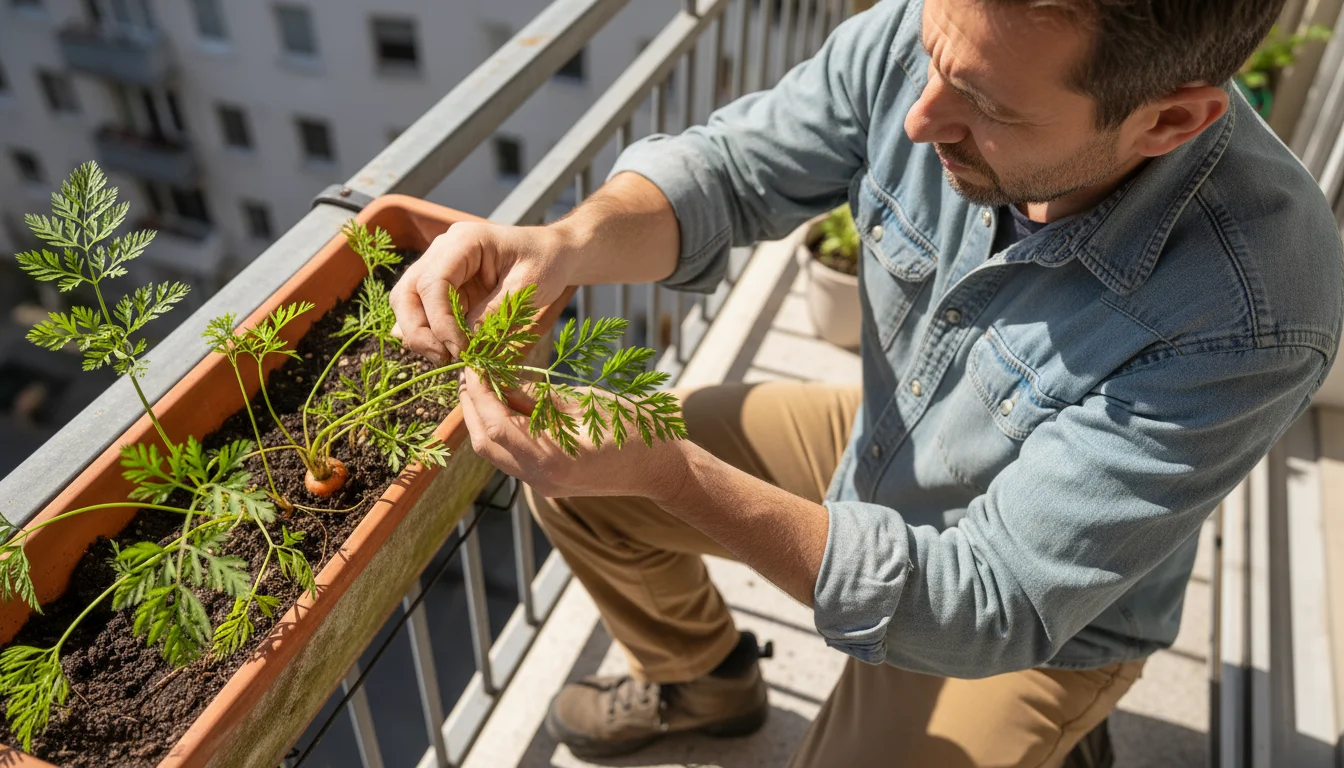
Troubleshooting Common Container Gardening Issues
Even experienced gardeners encounter challenges. Knowing how to diagnose and address common problems helps you maintain healthy plants and achieve successful harvests from your fall root vegetables.
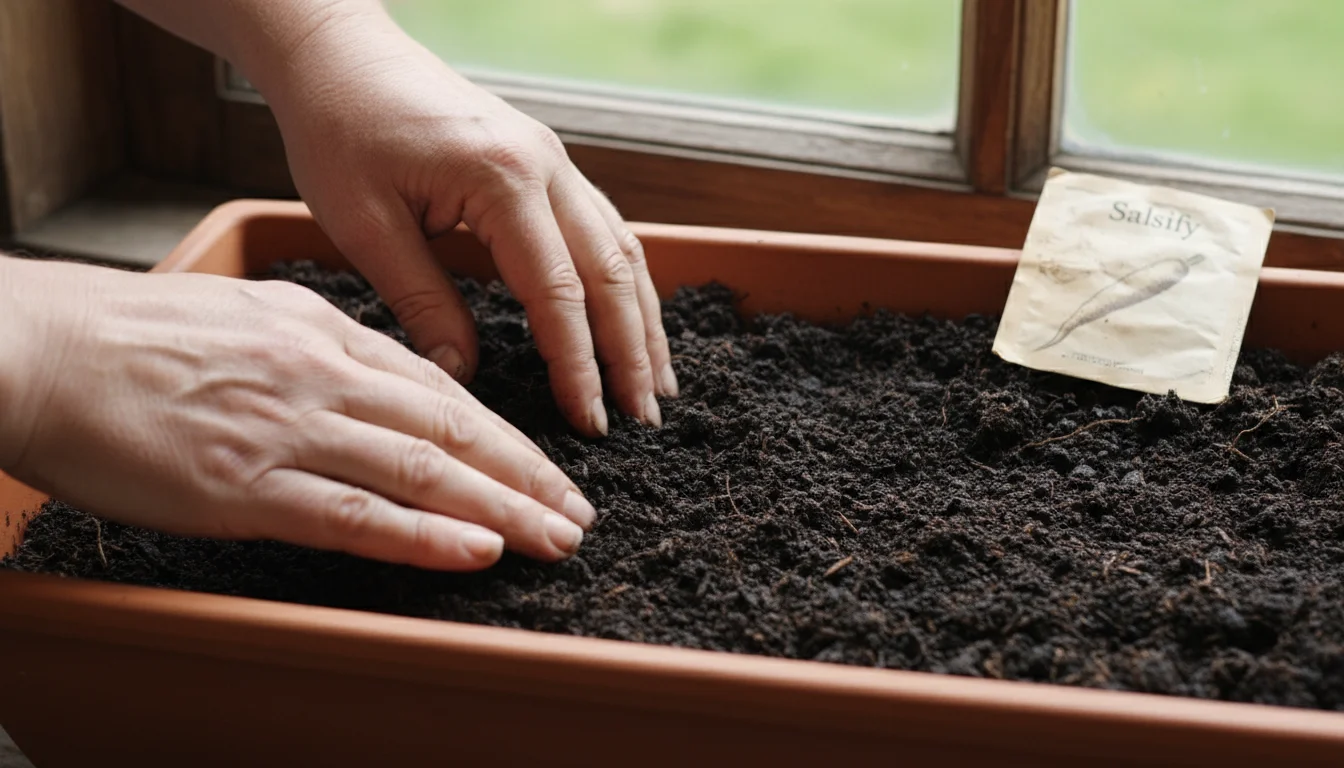
Poor Germination
If your seeds do not sprout, consider these factors:
- Seed Viability: Old seeds lose their ability to germinate. Always use fresh seeds, especially for parsnips and salsify, which have notoriously short viability.
- Watering: Inconsistent watering, either too dry or waterlogged, inhibits germination. Maintain consistent, gentle moisture.
- Temperature: Most root vegetables prefer cool soil for germination, but extreme cold can slow it down. Ensure your soil temperature is within the recommended range for the specific crop.
- Planting Depth: Planting too deep or too shallow prevents sprouts from emerging.
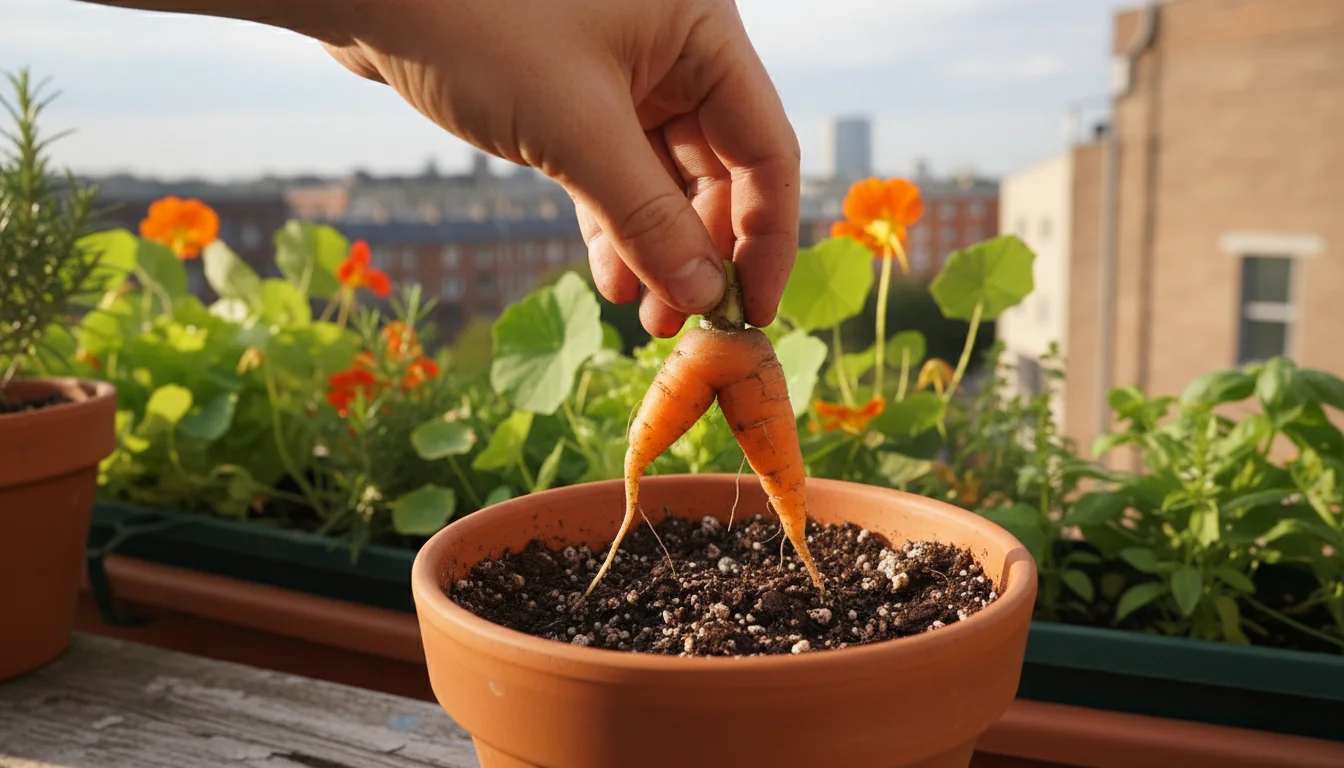
Small or Forked Roots
This is a common issue with root vegetables:
- Container Depth: The most frequent cause is insufficient pot depth. If roots hit the bottom of the pot, they will fork or stunt.
- Soil Compaction or Obstacles: Dense potting mix or large debris in the mix causes roots to grow around obstacles, leading to malformed roots. Use a light, airy, and consistent potting mix.
- Overcrowding: Too many plants in one pot compete for space and nutrients, resulting in small roots. Thin seedlings diligently.
- Inconsistent Watering: Periods of drought followed by heavy watering cause roots to split or grow irregularly.
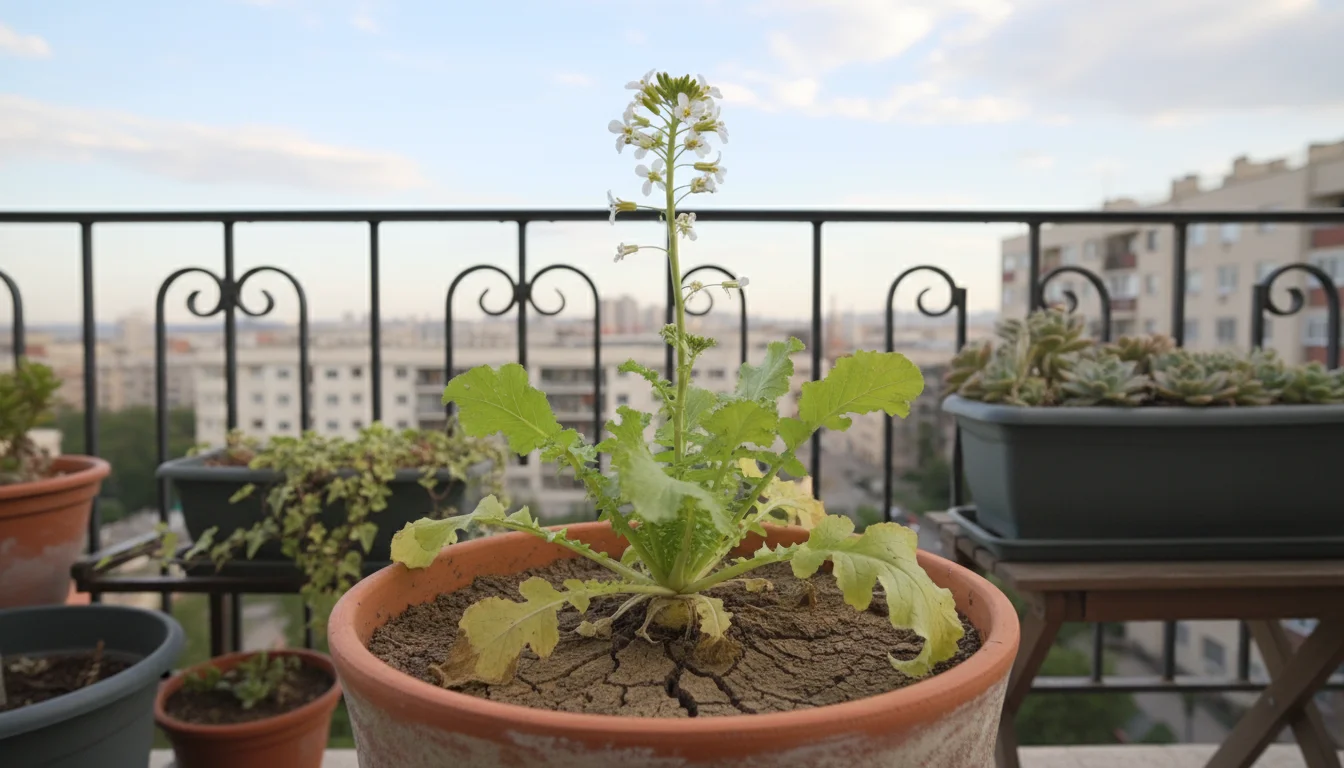
Bolting (Going to Seed)
When plants go to seed prematurely, they divert energy from root development to flower and seed production, often making roots bitter and woody:
- Heat Stress: While fall is cooler, unseasonably warm spells can trigger bolting.
- Inconsistent Watering: Stress from irregular watering can induce bolting.
- Nutrient Imbalance: Too much nitrogen can encourage leafy growth and bolting.
- Day Length: Some varieties are sensitive to specific day lengths. Choose “short-day” or “day-neutral” varieties for fall planting if available.
Address these issues promptly to ensure a healthy and productive container vegetable gardening experience. Observing your plants regularly helps you catch problems early and implement solutions effectively.
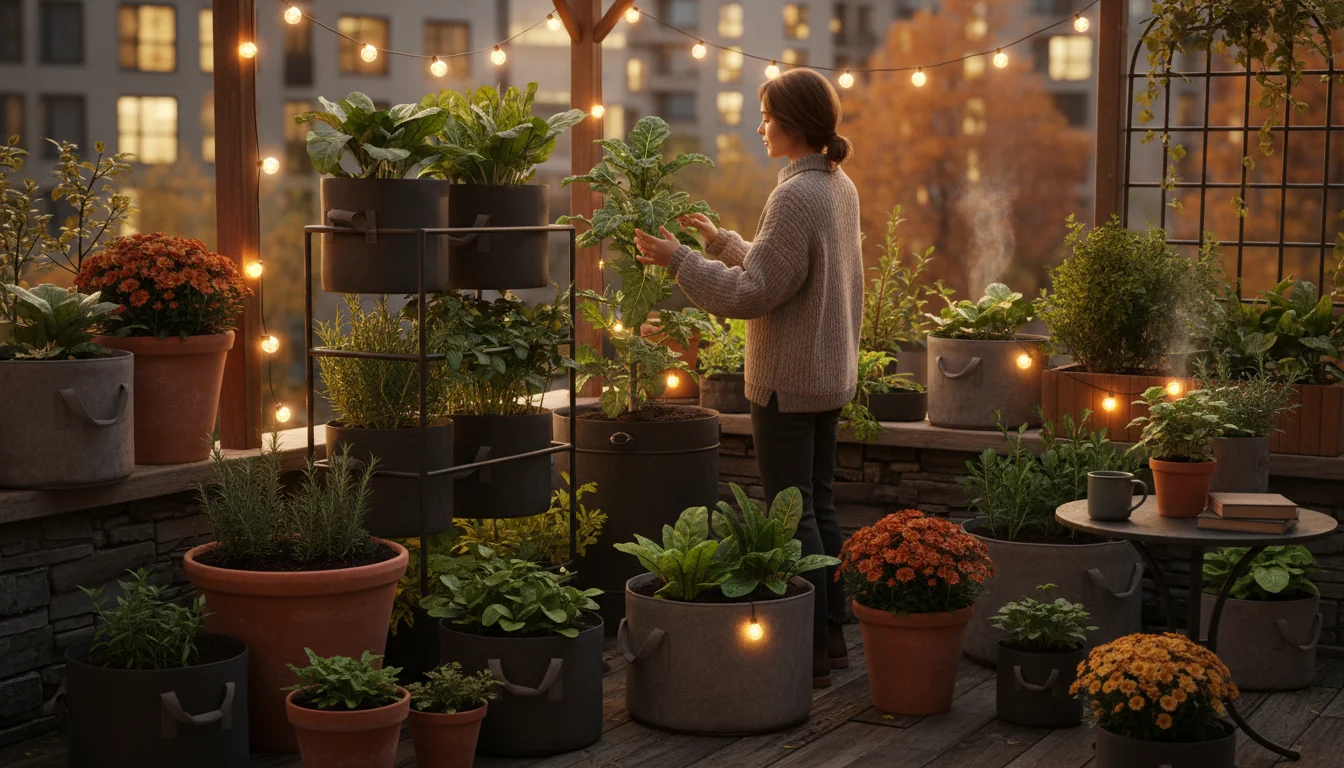
Frequently Asked Questions
Can I start root vegetables indoors and then transplant them into pots?
Generally, you should directly sow root vegetable seeds into their final containers. Most root vegetables, particularly taproot crops like parsnips, salsify, and even daikon radishes, dislike root disturbance. Transplanting can shock the seedlings and lead to forked, stunted, or otherwise malformed roots. For best results, plant seeds directly into your deep pots where they will grow to maturity.
How do I know if my containers are deep enough for these root vegetables?
Always check the specific depth requirements for the variety you choose. As a general rule, beets and turnips need at least 10-12 inches of depth. Daikon radishes require 15-18 inches, while salsify, scorzonera, and parsnips demand 18-24 inches or even more. The deeper the pot, the better the chance for a straight, well-formed root. When in doubt, choose a deeper container.
What is the best way to keep pests away from my fall container garden?
An integrated approach works best. Regular inspection helps you catch pests early. Hand-picking visible pests like slugs and snails is effective. For smaller insects like aphids, a strong spray of water or an application of organic insecticidal soap or neem oil can manage infestations. Encouraging beneficial insects by planting flowering herbs nearby also helps. Always maintain good air circulation around your plants to deter fungal issues that can weaken plants and make them more susceptible to pests.
Can I reuse my potting mix for fall planting?
It is generally not recommended to reuse old potting mix, especially for growing food crops. Used potting mix depletes its nutrients, can harbor disease pathogens or pest eggs, and its structure often breaks down, leading to poor drainage and aeration. Start with fresh, high-quality potting mix for each new planting season to provide the best possible growing conditions for your fall root vegetables.
My fall-planted roots are not very sweet. What went wrong?
The sweetness of many fall root vegetables, particularly parsnips, beets, and turnips, significantly improves after they experience several light frosts. If you harvested them before cold weather settled in, they might not have had a chance to convert their starches to sugars. Ensure your plants remain in the ground or containers long enough to undergo this natural sweetening process. Also, inconsistent watering or nutrient deficiencies can affect flavor, so consistent care is key.
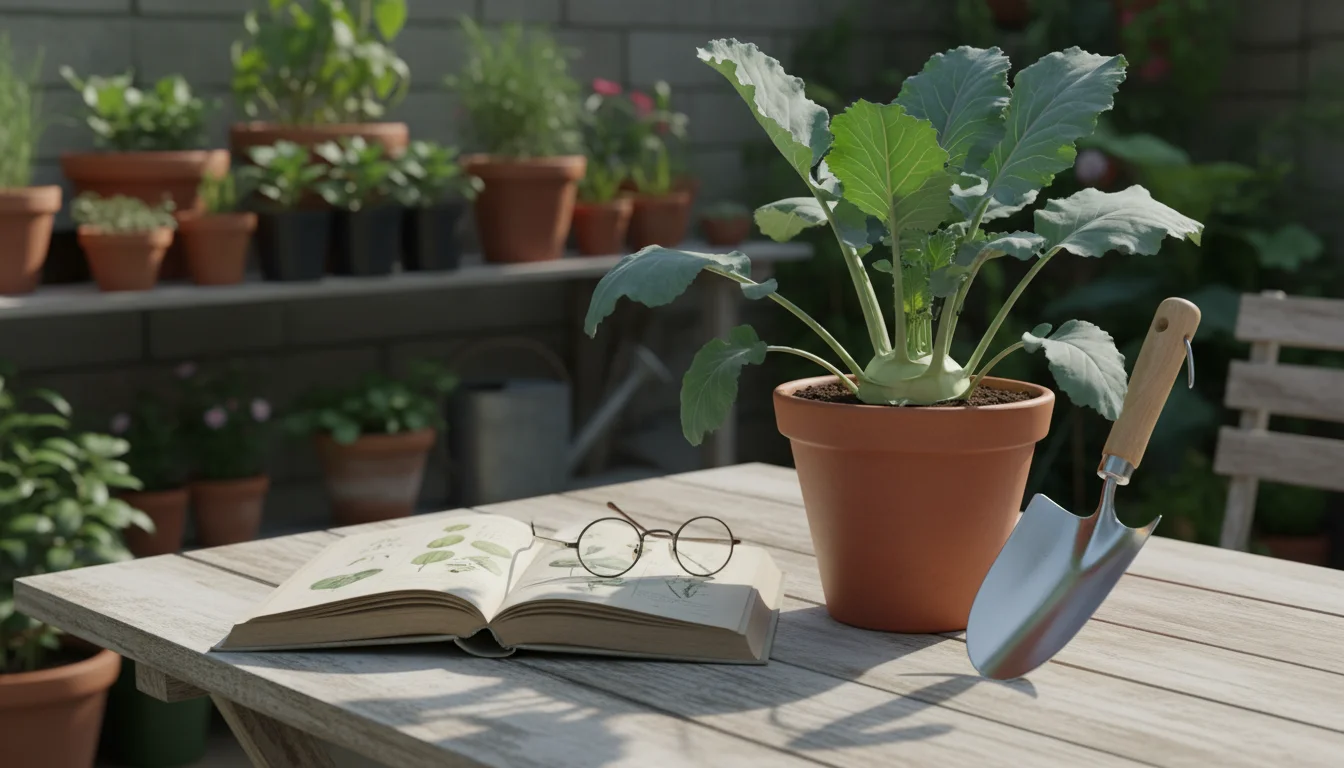
Further Expert Resources and Disclaimer
For trustworthy gardening information, visit:
Oregon State Extension — Gardening, Royal Horticultural Society (RHS), UF/IFAS Gardening Solutions, University of Illinois Extension — Gardening and UC IPM (University of California Integrated Pest Management). These organizations provide expert, research-based advice for gardeners at all levels.
Disclaimer: This article is for informational purposes only and is not a substitute for professional gardening advice. Always consult local extension services or horticulture experts for region-specific guidance.



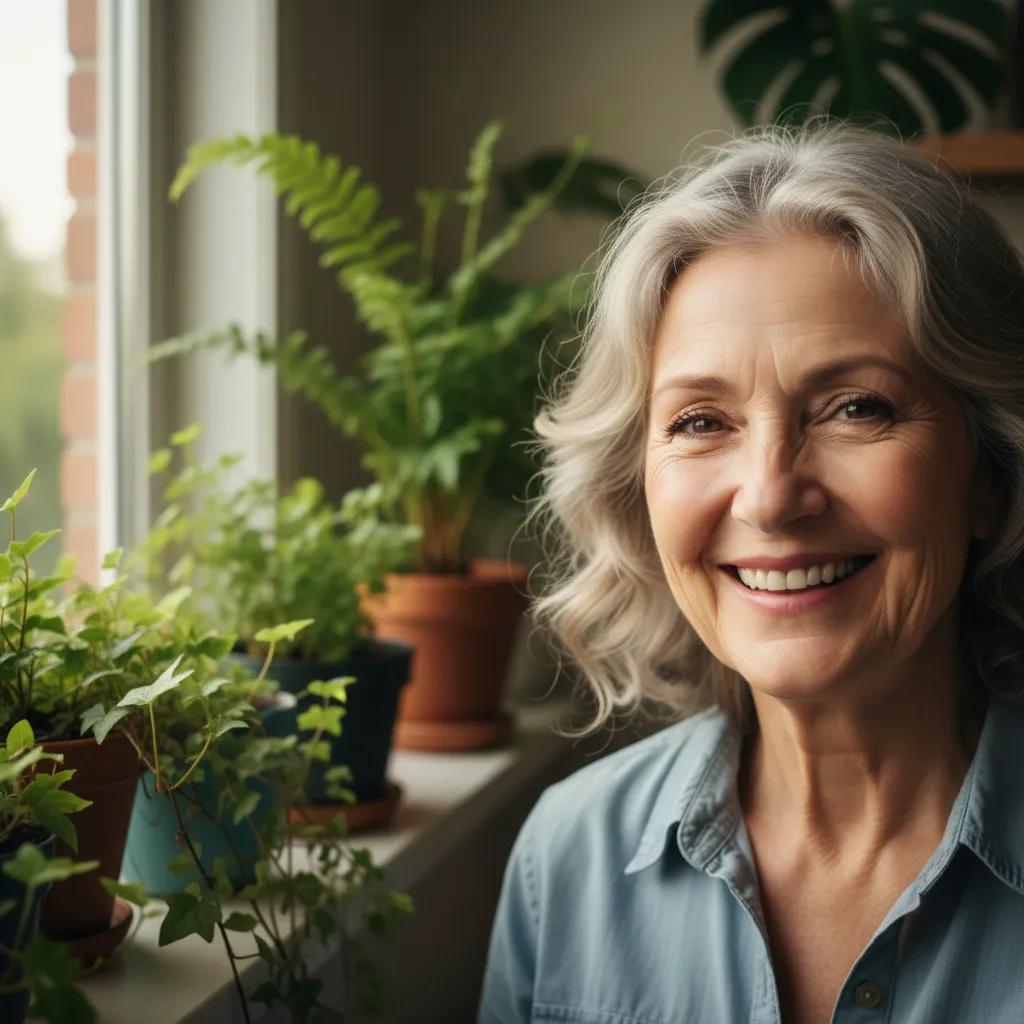
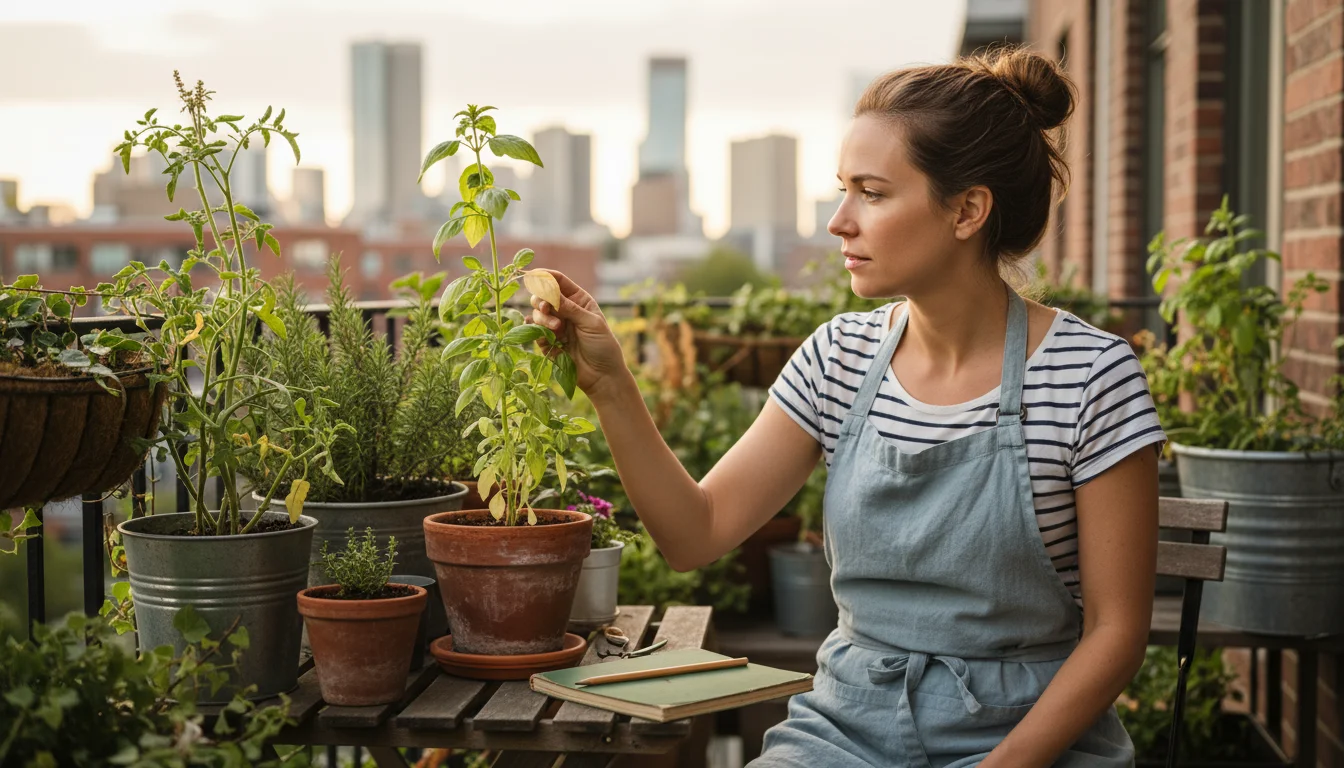
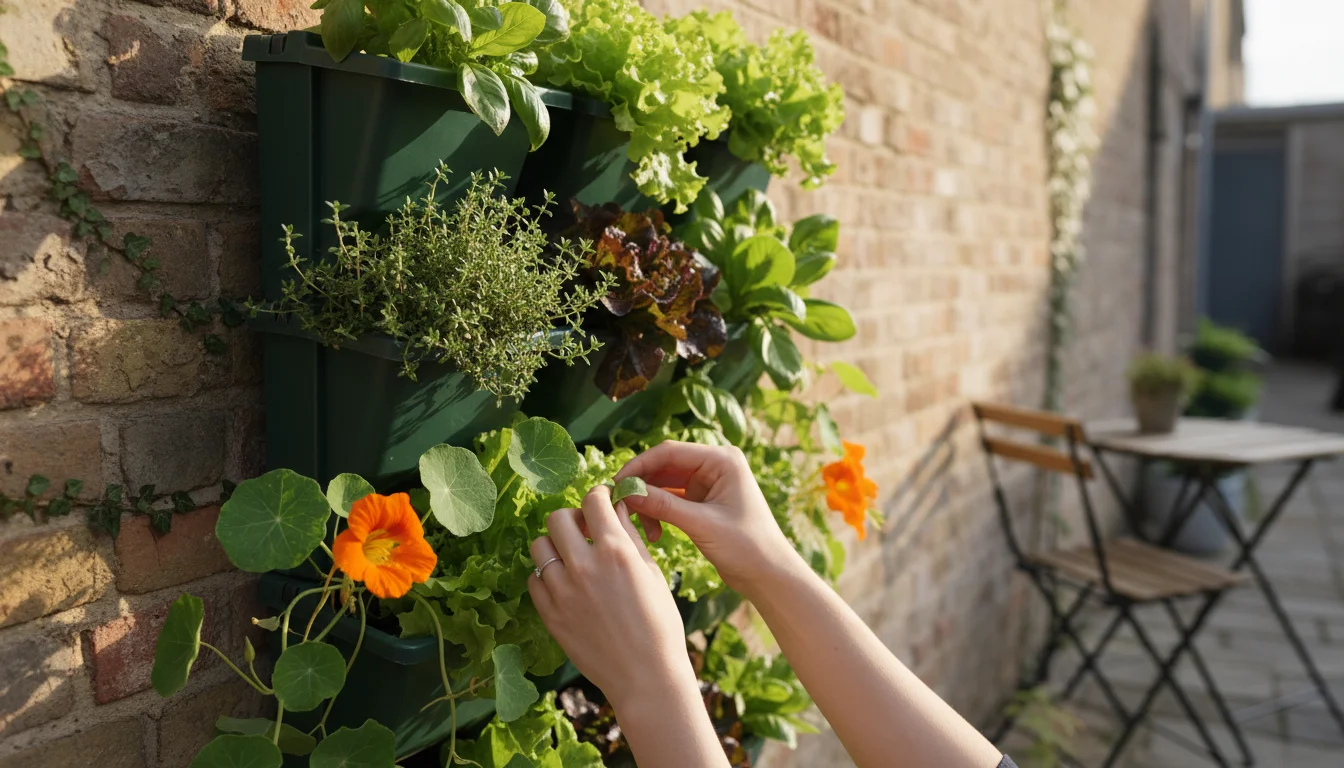

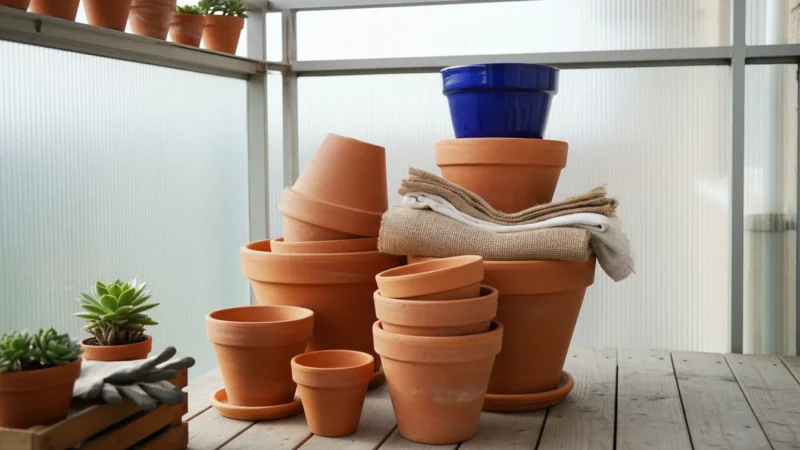
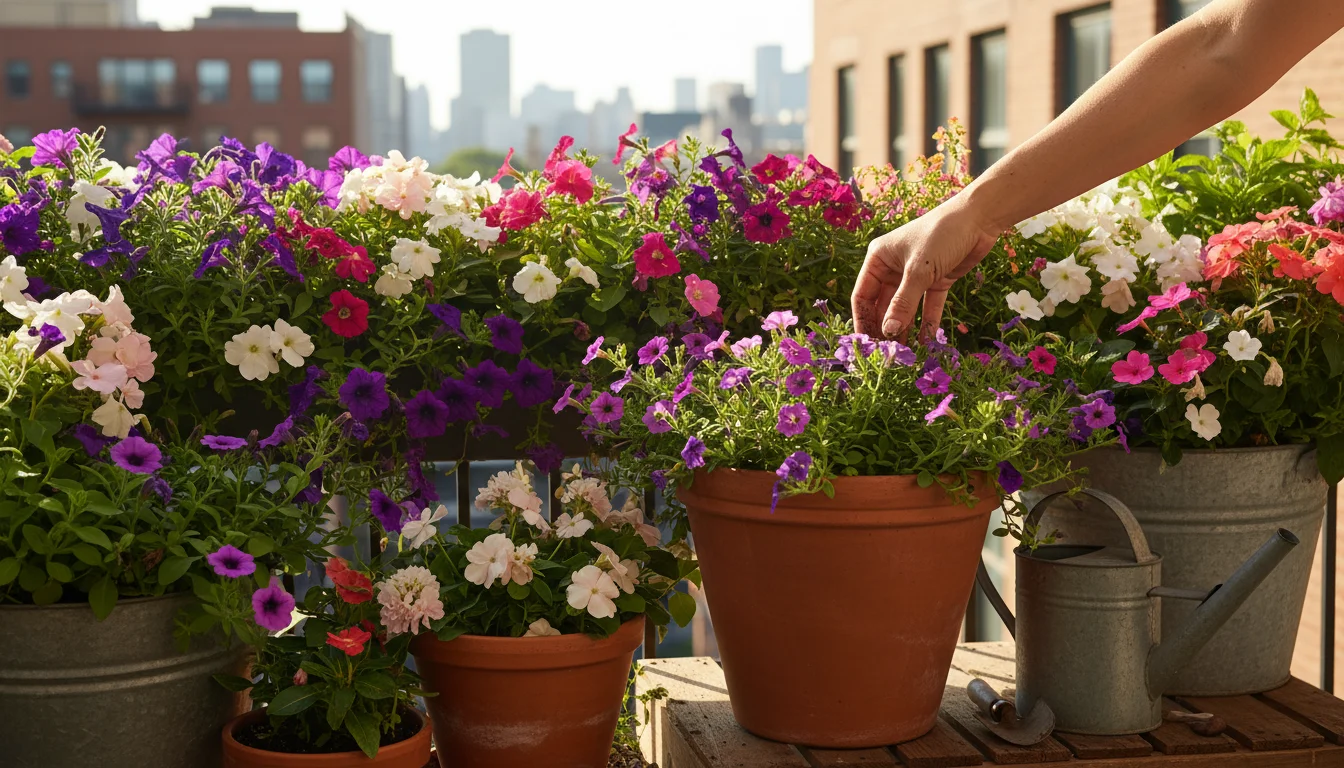
Leave a Reply